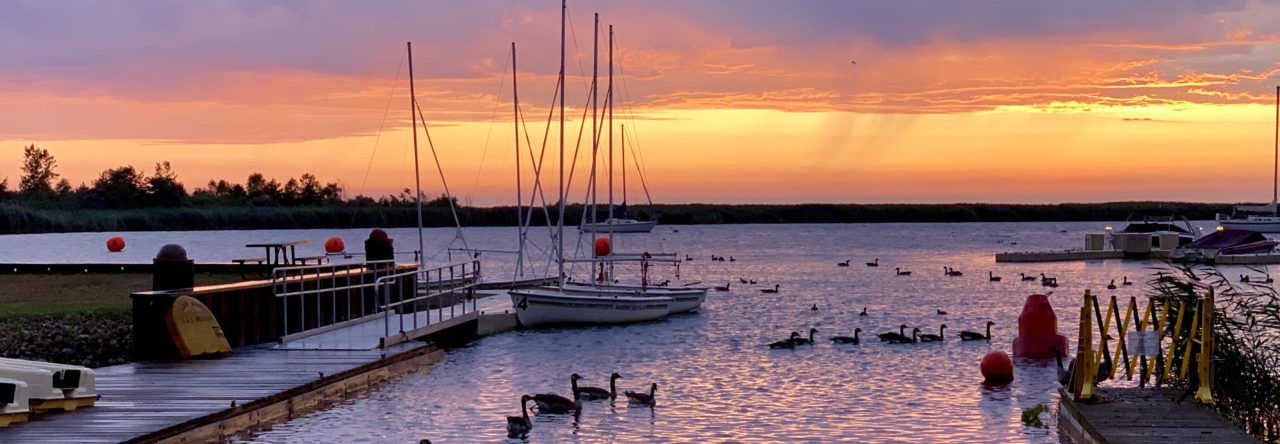Another spouse who is very familiar with Japan after living here for six years, offered to take a group of us on the Seven Lucky Gods pilgrimage in Zushi. Unlike the Seven Lucky Gods pilgrimage Dave and I did in November, the Zushi Seven Lucky Gods pilgrimage is special because it is more traditional with respect it is only available during the first 10 days of the year. The pilgrimage consisted of only 6 temples with a double stamp and God at the 5th temple.
We started our pilgrimage at a temple near Jimmuji station. I put a star ⭐️ on each temple. We went in a counter clockwise direction, visiting the 6 temples.

At the first stop, we purchased a bamboo branch with a small prayer card, two ribbons, a small reflective card and a bell. At each temple, we purchased a small figurine ornament representing each different God to hang from the branch.
Fukurokuju, Bentaiten, Daikoku, Ebisu, Bishamonten, Hotei, Jurojin
I also purchased a board to have stamped at each temple. The finished board with all seven stamps is pictured below.

Our first stop was the Toshoji Temple in Zushi.
This temple is dedicated to Fukurokuju the God of fortune (fuku), happiness (roku) and longevity (ju). The rope in the picture is very significant to the Buddhist. The statue of the God, Fukurokuju, is inside the temple where visitors are not permitted. As an alternative to touching the statue when praying, a person can hold onto the rope. The rope is connected to the statue. Think of the rope as a telephone line to the God. With no international changes or dialing assistance needed.
At the temple I also had my new temple book stamped.

Our second stop was at the Enmei-ji Temple. You will notice the temples are adorned with the same decorations. The flags are prominently displayed to celebrate the new year. This temple is dedicated to the Benzaiten. Benzaiten is the God of music and fine arts.
Another temple stamp.

The third stop as at a temple with only a kanji name. This temple is dedicated to Daikoku is the God of wealth and prosperity.


Our fourth stop was at the Gyokuzoin Temple in Hayama. Again, at this temple the statue of the God Ebisu isn’t available to visitors. The hanging ropes provide direct access for prayers. Ebisu is the god of fishing.

This cherry tree not only has blooms set, a couple of them were already to blooming! A true sign of spring. However, it is only the 5th of January.
Also while visiting this temple, we were treated to tea. A little snack of green tea and rice crackers for the remainder of our journey.


Our fifth stop at the Senkoin Temple in Hayama included two stamps and two Gods. Here we received Bishamonten and Hotei. Bishamonten is the god of war, treasure and wealth. Hotei is the god of happiness.

Our final Temple stop was at Koshoji Temple in Zushi. The final of our seven gods we needed to collect was Jurōjin. Jurōjin is the god of longevity. Perfectly fitting to say a prayer to longevity for the year.
One final picture of our group at the end of our pilgrimage.

Wising for much luck in the new year with a gentle nod to each god for:
Honesty, Fortune, Dignity, Amiability, Longevity, Happiness and Wisdom.
Kanpie, to 2017!











































































































































































































































































































